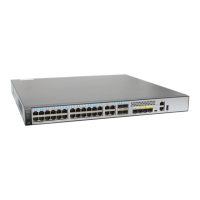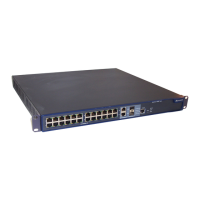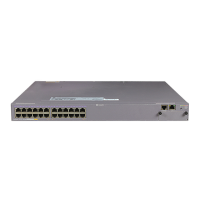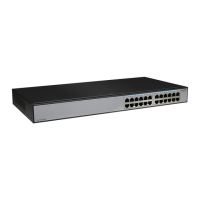Command Manual – Getting Started
Quidway S8500 Series Routing Switches Chapter 1
Commands Used to Log in to Switch
Huawei Technologies Proprietary
1-22
Description
Use the service-type telnet command to configure which level of command a user can
use after login.
Use the undo service-type telnet command to restore the default level of command a
user can use after login.
Commands are classified into four levels, namely visit level, monitoring level,
configuration level and management level. They are introduced as follows:
z Visit level: Commands of this level involve command of network diagnosis tool
(such as ping and tracert), command of switch between different language
environments of user interface ( language-mode), and telnet command etc. The
operation of saving configuration file is not allowed on this level of commands.
z Monitoring level: Commands of this level, including the display command and the
debugging command, are used for system maintenance, service fault diagnosis,
etc. The operation of saving the configuration file is not allowed on this level of
commands.
z Configuration level: Service configuration commands, including routing command
and commands on each network layer, are used to provide direct network service
to the user.
z Management level: These are commands that influence the basic operation of the
system and system support module, which plays a supporting role on service.
Commands of this level involve file system commands, FTP commands, TFTP
commands, XModem downloading commands, user management commands,
and level setting commands.
Example
# Configure the user zbr to use commands at level 0 after login.
<Quidway>system-view
System View: return to User View with Ctrl+Z.
[Quidway] local-user zbr
[Quidway-luser-zbr] service-type telnet level 0
1.1.25 set authentication password
Syntax
set authentication password { cipher | simple } password
undo set authentication password
View
User interface view

